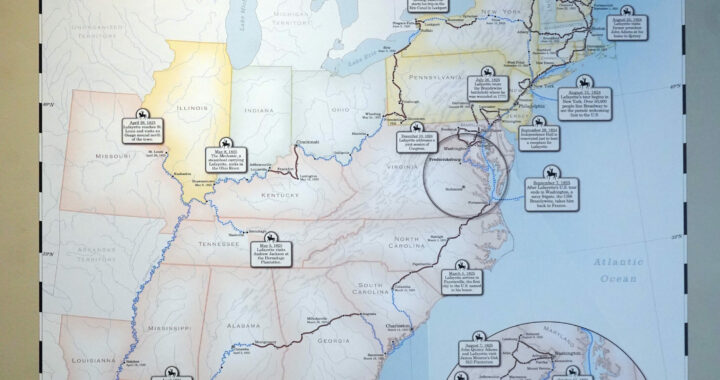Punxsutawney Phil: The Groundhog, the Myth, the Legend
3 min readBy KAY BOATNER
Students at the University of Mary Washington who are still hoping for a snow day may be disappointed on Feb. 2.
Groundhog Day is a festival celebrated throughout the world. According to tradition, a groundhog ventures outside of its burrow and predicts the nature of upcoming weather. If the groundhog sees its shadow, it will retreat in fear back to its hole for six more weeks of winter. If it does not see its shadow, it will remain outside, signaling an early spring.
UMW student opinions vary as to whether or not they would like warmer temperatures in February.
Stephanie Sims, a 21-year-old junior, would actually prefer a longer winter.
“I really want a snow day,” Sims said. “I guess in order for that to happen, the groundhog needs to see his shadow.”
Sarah Axelson, a 20-year-old junior, hopes the groundhog does not see his shadow.
“An early spring would be great,” said Axelson, a UMW softball player. “We have games coming up and it would be nice to play in warmer weather.”
UMW faculty has even gotten in on the debate.
Marie McAllister, an associate professor at the University, took recent environmental issues into account for her decision.
“With global warming so serious a threat to the planet’s future, I guess I’d better hope for more winter. Let’s wish for the shadow,” McAllister said.
One of the most recognized groundhogs is Punxsutawney Phil, from Punxsutawney, Pennsylvania. Phil is one of the first recorded groundhogs to perform in front of a crowd as part of a Groundhog Day celebration, and gave his first official predictions in 1886.
No single groundhog determines if an early spring is on the way, however, and several other notable groundhogs are observed in festivals on Feb. 2, from Staten Island Chuck of New York to Wiarton Willy of Ontario.
Even before Punxsutawney Phil came along, however, Europeans felt that groundhogs possessed supernatural powers on certain days between the Winter Solstice and the Spring Equinox. The Romans celebrated these powers by creating Hedgehog Day. When Christianity became popular, the holiday was called Candlemas. Traditions from both holidays merged together to form Groundhog Day, as we know it.
Today, Punxsutawney Phil is kept in a temperature controlled climate in the Punxsutawney Library. On Feb. 2, he is placed into a heated burrow on a platform until he is removed to make his prediction at 7:25 a.m.
Every year a large crowd gathers in Punxsutawney to watch Phil emerge from his burrow. The popularity of the event grows each year. In 1997, around 35,000 visitors attended the celebration in Punxsutawney, a town with a population of only 6,700.
With different groundhogs making contradicting predictions, some people simply tally the results and believe whatever prediction a majority of the groundhogs came to. Others choose to select one groundhog as the true predictor.
When selecting a groundhog to observe, most people choose to follow Punxsutawney Phil, arguably the most prominent of all the groundhogs. Phil has predicted six more weeks of winter for the past six years. The last time he saw his shadow was in 1999. For as long as his predictions have been recorded, he has seen his shadow 96 times and has not seen it 14 times. No record is available for 10 of the 120 years he has been observed.
Activities for the upcoming holiday are already under way in Punxsutawney. Festivities began Jan. 26, and continue up to Phil’s performance on Feb. 2.
Judging from Punxsutawney Phil’s track record, we may get that snow day after all.


